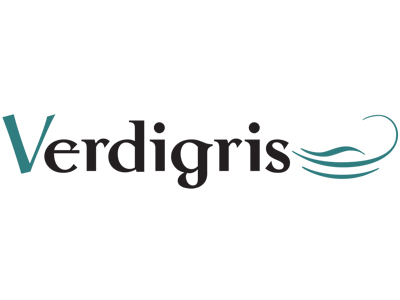Flint Group has set up a Sustainability Task Force made up of thirteen staff at various locations around the globe. They’re involved in all levels of the Flint Group’s packaging business and are charged with a very special responsibility to support Flint’s future. Flint Group Packaging Inks, one of the company’s numerous divisions amongst which is Xeikon, is a massive provider of packaging printing inks and is actively investigating how to support a circular economy for its business. The commitment to sustainability and supporting reduced environmental impacts is much welcomed.
The focus of the Flint Group’s effort is on four distinct areas, areas that the organisation has identified as having the potential for circularity. The four areas are general sustainability, support for converter operations, solving recycling complexities (good luck with that) and driving change and innovation through industry partnering. Quite how this meets the criteria of a circular economy will depend on the efforts of the task force whose work will likely get more focused over time. At first glance, it looks like only the second, support for converter operations, can deliver any immediate returns. This focus can help converters with waste management, moving to greener energy sources, and reducing ink consumption. Technologies such as production control, preflight checking and colour management can all contribute.
We expect to hear a lot about circular economies in the next few months. The term has been around a longish time, but interest in it reflects the wider concern we all have for our environment in the wake and economic aftermath of Covid-19. But within the graphics industry, there is some confusion as to what a circular economy actually is. A circular economy is one that turns away from the take-make-waste model, whereby resources are extracted and used up and discarded either for incineration or landfill. Instead in a circular economy waste and pollution are actively designed out of product systems. In a circular model products and materials are continuously reused, so what might have otherwise been waste becomes raw material for a new product. We don’t have a fully circular economy in the graphics industry, but the paper industry is heading that way, with mature waste paper collection and recycling systems established over many years.
The most important part of a circular economy from a sustainability perspective is that the production and consumption model facilitates the regeneration of natural systems. However, while there is no doubt that circular economies make considerable environmental sense, putting the idea into practice is far from simple particularly on an industrial scale. Where Flint is leading, other companies should follow.
– Laurel Brunner
This article was produced by the Verdigris Project, an industry initiative intended to raise awareness of print’s positive environmental impact. This weekly commentary helps printing companies keep up to date with environmental standards, and how environmentally friendly business management can help improve their bottom lines. Verdigris is supported by the following companies: Agfa Graphics, EFI, Fespa, Fujifilm, HP, Kodak, Ricoh, Spindrift, Splash PR, Unity Publishing and Xeikon.





